We may earn money or products from the companies mentioned in this post. This means if you click on the link and purchase the item, I will receive a small commission at no extra cost to you ... you're just helping re-supply our family's travel fund.
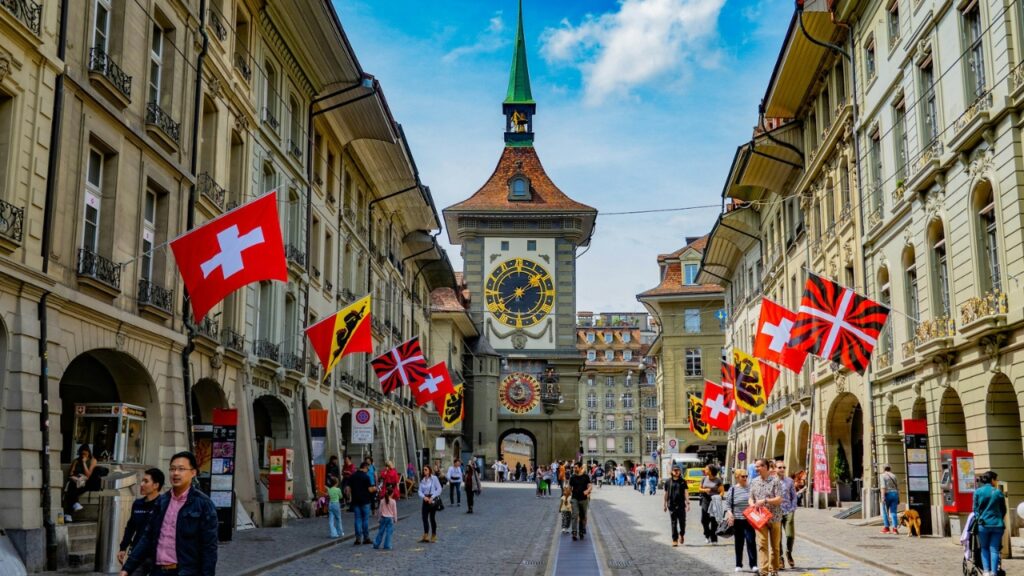
You’ve ticked off Paris and Rome, but Central Europe keeps its best stories close to the chest. These ten capitals trade blockbuster fame for everyday magic—think café terraces where bartenders know your name, riverfront walks free of tour groups, and festivals that still feel like block parties. Come ready to slow down, listen, and let the locals show you why these cities are worth more than a postcard.
1. Bratislava, Slovakia
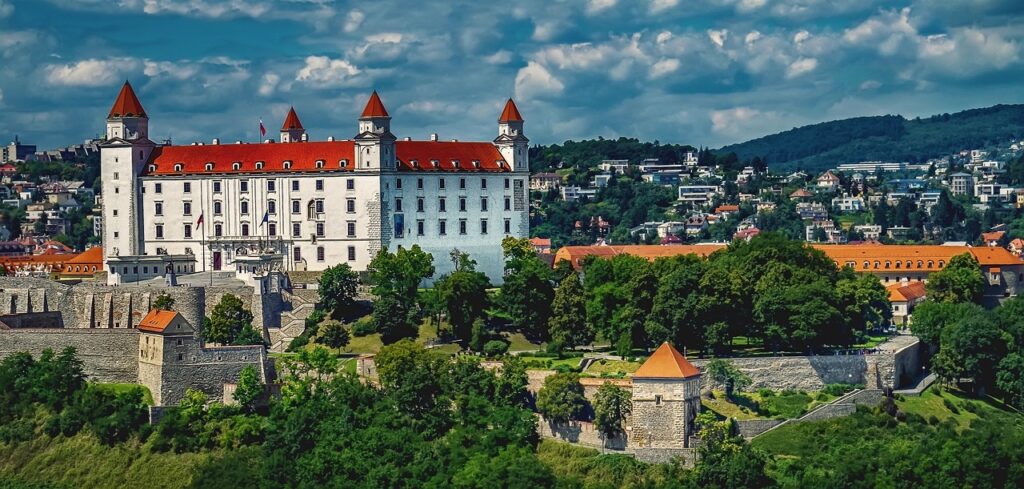
Slovakia’s pint-size capital feels like Prague after a fresh coat of paint and half the crowds. Sip a street-side draft beer in the Bermudský trojuholník beer zone under the castle, where young locals take their drinks to the stairs and sidewalks for an impromptu gathering. Hike to the abandoned rocket base and viewpoint at Devínska Kobyla for Danube views, then wrap up on Slavín Hill with a blanket and local wine as the castle lights flicker on. This intimate city rewards wanderers who appreciate conversations over tourist traps.
2. Ljubljana, Slovenia
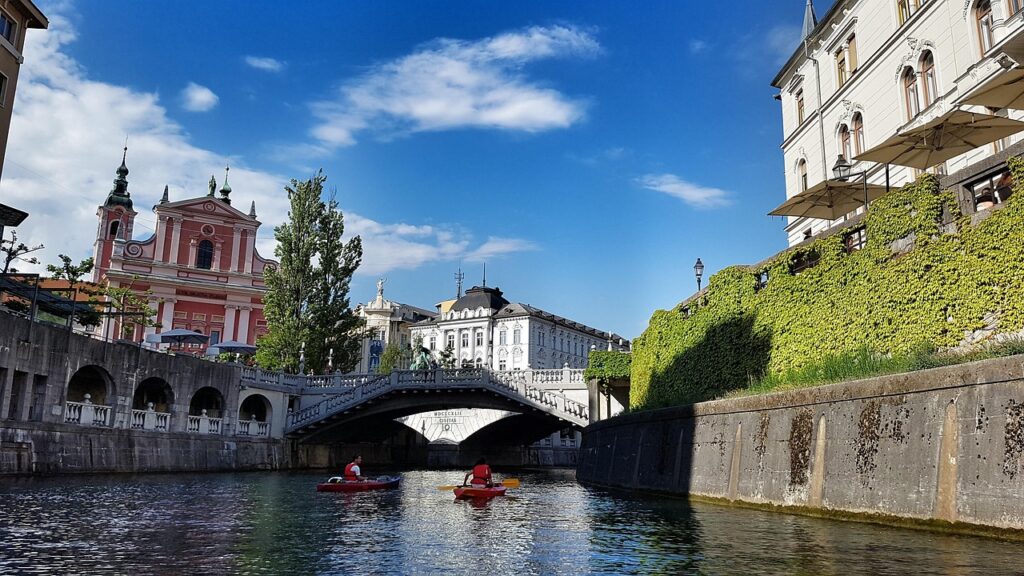
Locals call it the beloved for good reason. Pedestrian riverbanks, a hilltop castle, and triple bridges turn quick strolls into mellow wanderings. The city boasts the highest percentage of car-free streets in Europe, while café tables spill onto Prešeren Square till late. Catch an indie gig at Kino Šiška or bike the POT trail that circles the city where WWII barbed wire once stood. A quarter of its 300,000 inhabitants are students, giving Ljubljana a vibrant, youthful energy combined with refined Central European charm.
3. Zagreb, Croatia
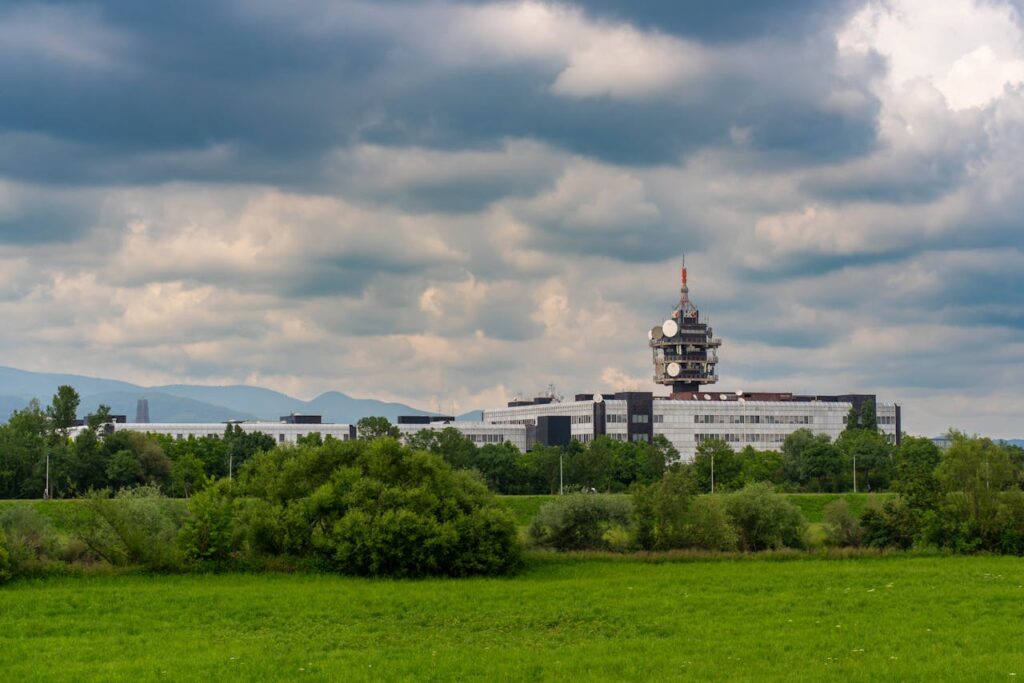
Often bypassed for the coast, Zagreb rewards the curious with Austro-Hungarian facades, gritty socialist blocks, and a coffee culture that rivals Italy’s. Start with St. Mark’s candy-tiled roof, ride the blue trams between Upper and Lower Town, then duck into a leafy courtyard bar for locally roasted espresso. Explore neighborhoods like Trešnjevka, a traditionally working-class district that’s become one of the city’s most mixed areas with second-hand shops and chaotic record stores like Free Bird. Weekends spill into craft-beer festivals and flea markets buzzing with neighborhood chatter.
4. Warsaw, Poland
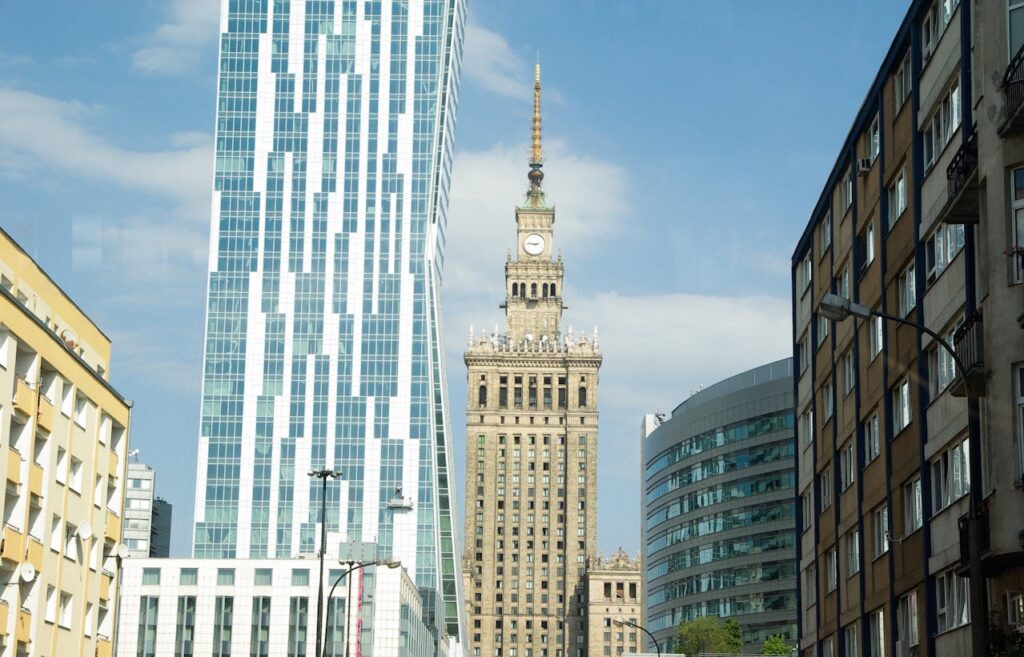
Rebuilt from wartime rubble, Warsaw wears battle scars next to sleek glass towers. Explore the Phoenix-like Old Town, hunt street art in quiet neighborhoods, and graze through Hale Koszyki’s food stalls. Local Varsavians love Mokotów, a district south of the city center that maintains much of its genuine atmosphere with pre-war villas, traditional gas lamps, and green spaces like Park Morskie Oko for picnics. Evenings mean river-bar sunsets or discovering hidden courtyards with almost 200-year-old chestnut trees on streets like Elektoralna.
5. Vilnius, Lithuania
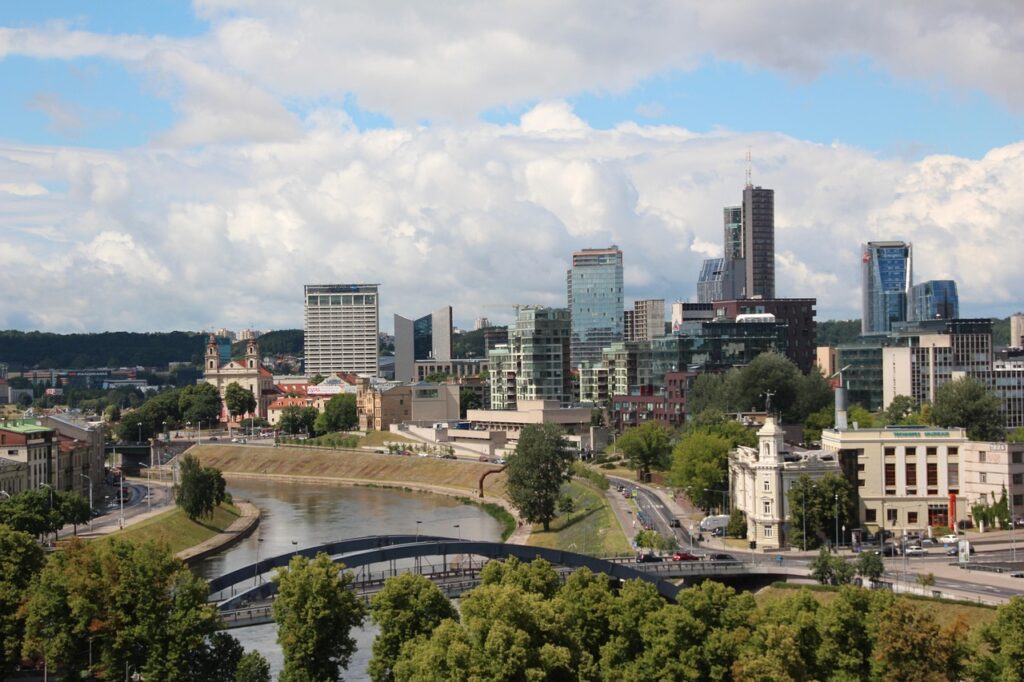
One of Europe’s greenest capitals balances Baroque spires with bohemian quirks. Wander Art Nouveau courtyards on Pilies Street, cross into self-declared Užupis Republic to read its tongue-in-cheek constitution, or catch hot-air-balloon views at dawn. Visit the tiny Bernardine Cemetery clinging to a tree-filled hilltop above the bubbling River Vilnelė with stone figures clasping crosses and cherubs. The Hales Market, housed in an old bus station, offers everything from vegetables to smoked fish, while the surrounding area has become an up-and-coming hipster hub.
6. Bern, Switzerland

Switzerland’s laid-back federal city keeps Alpine drama within tram distance. Follow sandstone arcades to the Zytglogge astronomical clock, dive into the Aare River like locals on summer days, then climb the cathedral tower for sunset over snow-dusted peaks. The underground scene includes spots like Seemanns-Club, one of the oddest watering holes in town that few locals even know about, and 5ème etage, a jazz venue where you pay what you like to the musicians. Free bike rentals, casual wine bars, and medieval fountains prove Bern’s elegance never slips into stuffiness.
7. Vaduz, Liechtenstein
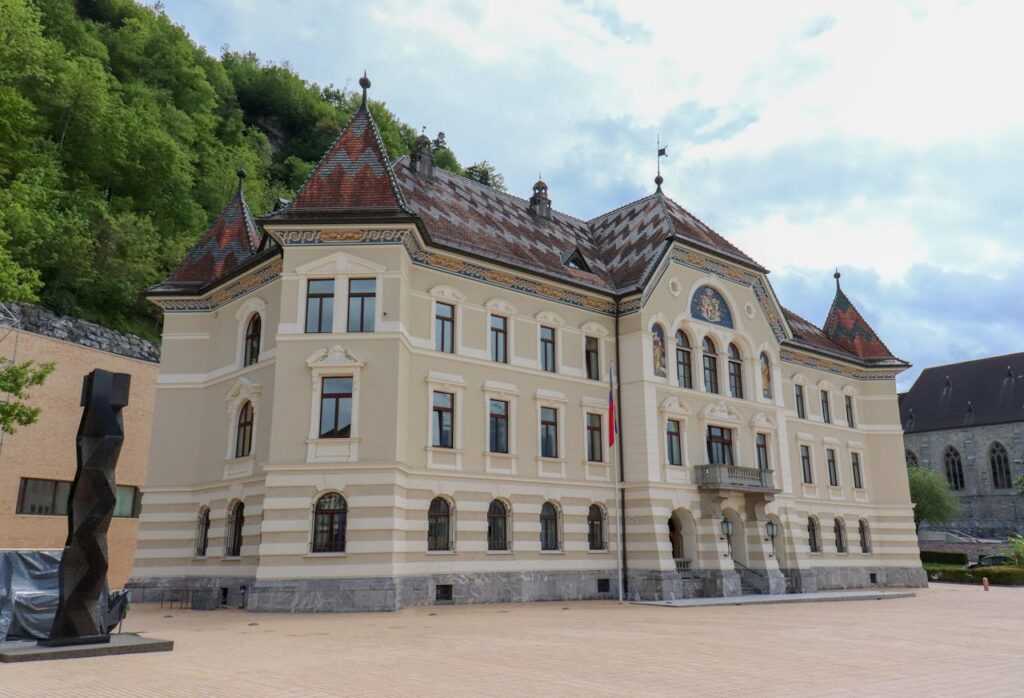
At first glance a tidy main street flanked by vineyards, but follow the art-lined Städtle to find modern museums, mountain trails, and prince-grown pinot noir poured in cellar tastings. Hike up to Vaduz Castle for Rhine Valley vistas, then unwind in café terraces where residents greet each passerby. With only 5,000 inhabitants, this tiny capital houses impressive culture in a small, manageable space—28 sculptures by world-famous artists scattered throughout the pedestrian zone and the unique Treasure Chamber with moon rock gifted by the USA.
8. Riga, Latvia
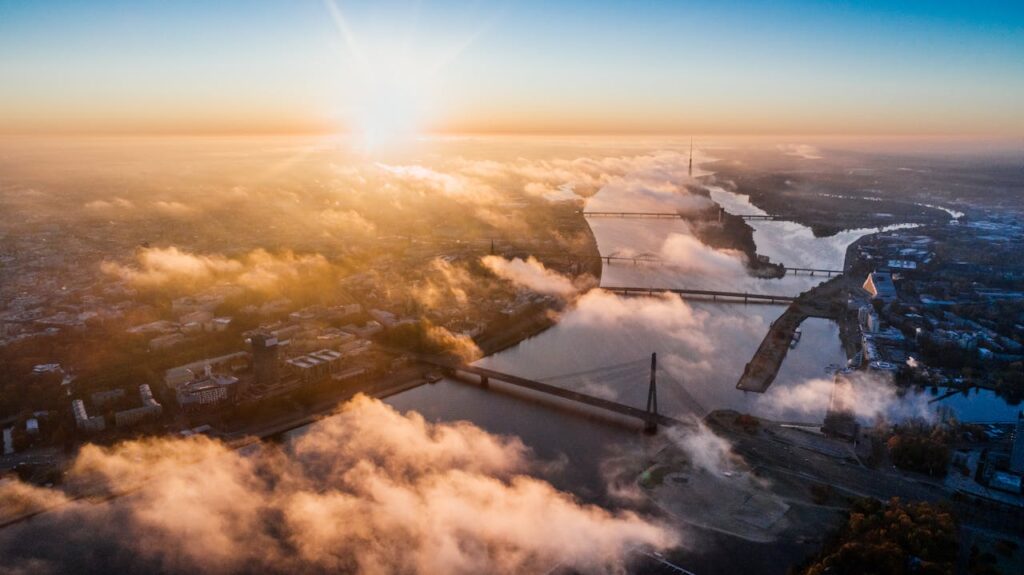
Art Nouveau architecture meets Baltic cool in a city that still feels undiscovered at dawn. Browse Alberta Street’s ornate façades, explore hidden neighborhoods like the evolving Latgale district with its industrial heritage and vibrant local culture, then hit Kalnciema Quarter’s weekend market for smoked fish and local craft cider. The Republic of Miera Iela offers a bohemian vibe with chocolate-scented air from the Laima factory, art studios, and indie cafés. Affordable design hotels and budding food halls make Riga an easy creative escape.
9. Budapest, Hungary
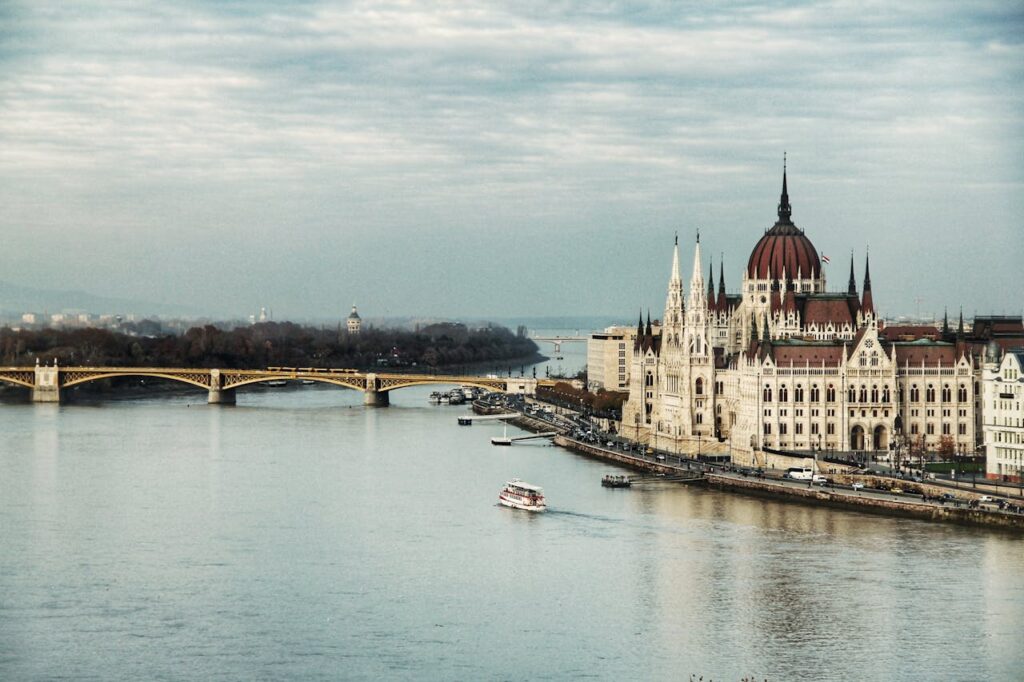
Yes, thermal-bath photos flood Instagram, yet locals steer you beyond Fisherman’s Bastion. Soak in 450-year-old Rudas baths at midnight, explore the Józsefváros district where even American President Jimmy Carter went for something not touristy, or discover the Wekerle Estate’s Art Nouveau architecture that feels like a fairy tale village within the city. Underground cave networks stretch over 120 kilometers beneath the streets, while neighborhood wine bars and ruin pubs in District VIII keep Budapest refreshingly raw beneath its grand facades.
10. Prague, Czech Republic (Off-Center)
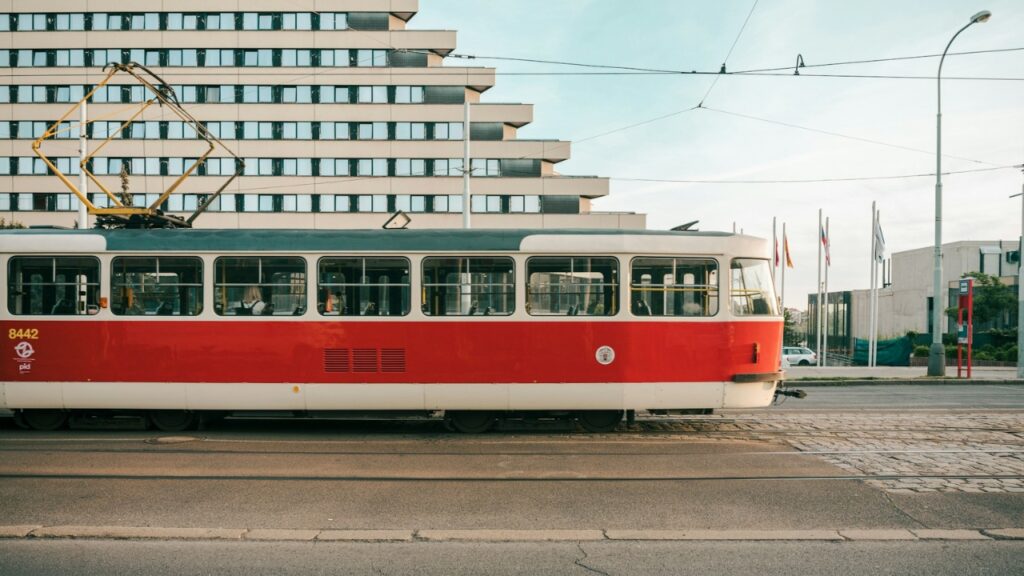
Crowds choke the Charles Bridge, but hop a tram and Prague transforms. Vinohrady’s Art Nouveau buildings and farmers’ markets on Jiřího z Poděbrad Square offer elegant sophistication away from tourist chaos. Žižkov, the bohemian district with the city’s most famous television tower adorned with crawling baby sculptures, houses everything from quirky shops to the district cemetery where Franz Kafka is buried. Karlín’s post-flood renaissance has created a stylish neighborhood with a notable culinary scene, while Holešovice evolved from industrial zone to vibrant contemporary art hub with trendy cafes and innovative restaurants.